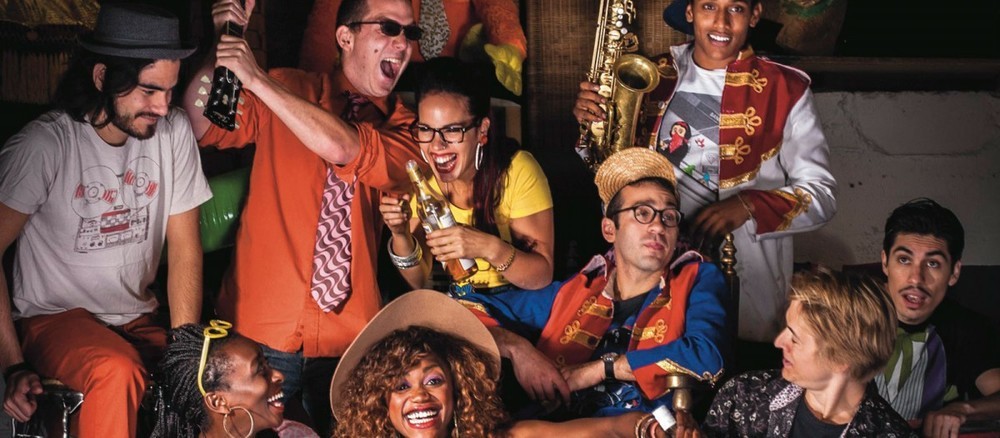London's melting pot
London’s melting pot culture means there is a different history everywhere you look. Embracing London means getting to know one the world’s most multicultural cities. From Roman centurions and Huguenot silk weavers to today's Jamaican and Bangladeshi restaurateurs and a host of other cultures from around the world shaped London we know today. The English capital has hosted people from every corner of the planet for centuries, a fact confirmed during the London Olympics when we learned that there were people from every competing country already living in town.
We find that the best way to get to know this wonderful city is by talking to people - 57% of the residents in London originate from a different country, bringing to the table a rich tapestry of important heritage. Every single day there are numerous free events being held in town. They offer an opportunity to meet new people and make new friends - festivals, exhibitions and shows of all kind allow you to get to know the city’s layers. Museums too should not be missed - they offer a spectrum of world-renowned collections. The smaller museums too, they are the true gems in the crown. For example, tracing the history of the 1st Crusades, the Museum of the Order of Saint John is one such hidden treasure. By contrast, Leighton House in Kensington showcases its owner love affair for all Islamic. The Horniman Museum in Forest Hill on the other hand, has collections dedicated to African culture.
Every year London celebrates cultural diversity with a variety oof exciting festivals. For example, the Chinese New Year festival is the largest such festival outside China. Similarly, Vaisakhi, the Sikh New Year, Diwali, the Hindu Festival of Lights and the Shubbak festival of Arab culture, and many more.
A walk around London, anywhere, always promises a glimpse of something 'different' that makes you appreciate how lucky you are to live in such a vibrant society. You will also notice how specific cultures have impacted on specific boroughs. In East London, for example Spitalfields and Brick Lane, have an Asian flair due to their residents, but, more importantly, London's most popular curry houses can be found in the area. Interestingly, the very same area was home to Huguenots, Dutch and Flemish refugees fleeing religious persecution on the continent during 16th and 17th century. Close to Spatafields, in Princelet Street, is another interesting little museum, Museum of Immigration. This is a unique cultural institution, in one of London’s smallest and most beautiful historic buildings contributing to the debate over migration, minorities and multiculturalism. It is not always open to the public, but with the International Day for the Elimination of Racial Discrimination on 21 March, the museum will open between 5-8pm.
As Britain built an empire during its colonial day, people came to live in the UK from the Asian subcontinent, from Africa and the Caribbean - many came to London as slaves, servants of slave traders. After a life in servitude, some were granted freedom and formed communities that campaigned against the 18th century human trafficking trade.
The next big wave of Afro-Caribbean migrants on came in the 1940s and 50s when many ex-servicemen from Jamaica and the West Indies. At first they were housed in disused bomb shelters below Clapham Common, before going to the then nearest labour exchange, which was in Brixton.
If the Carabbeans celebrate with colourful carnivals and tasty jerk chicken barbecues, the Italians, Indians, Chinese, all have restaurants - what happened to the millions of Irish and Irish-descend migrants? This 'unseen' London community have been here for centuries - they actually built London, the docks, the many railway stations, and the complex sewerage system. In the 19th century, neighbourhoods such as Seven Dials, Bermondsey and Whitechapel were Irish areas. Oscar Wilde and George Bernard Shaw have Irish genetic material.
Other multicultural hotspots deserving a visit are Green Lanes in Haringey, home to the Turkish community - many restaurants here are run by people with Anatolian heritage; the Moroccan and Portuguese cafes and shisha bars in and around Goldborne Road, in West London; Ridley Road Market in Dalston, with a mixture of people from West Africa.
London truly Rocks!



